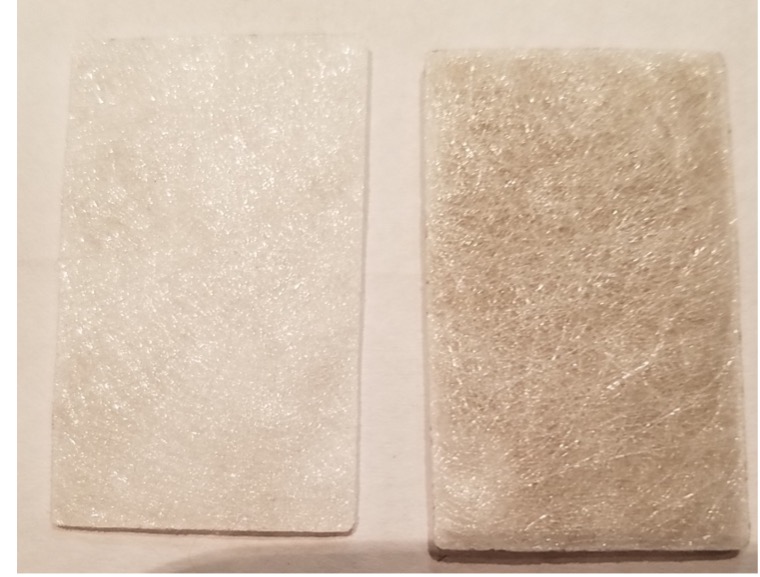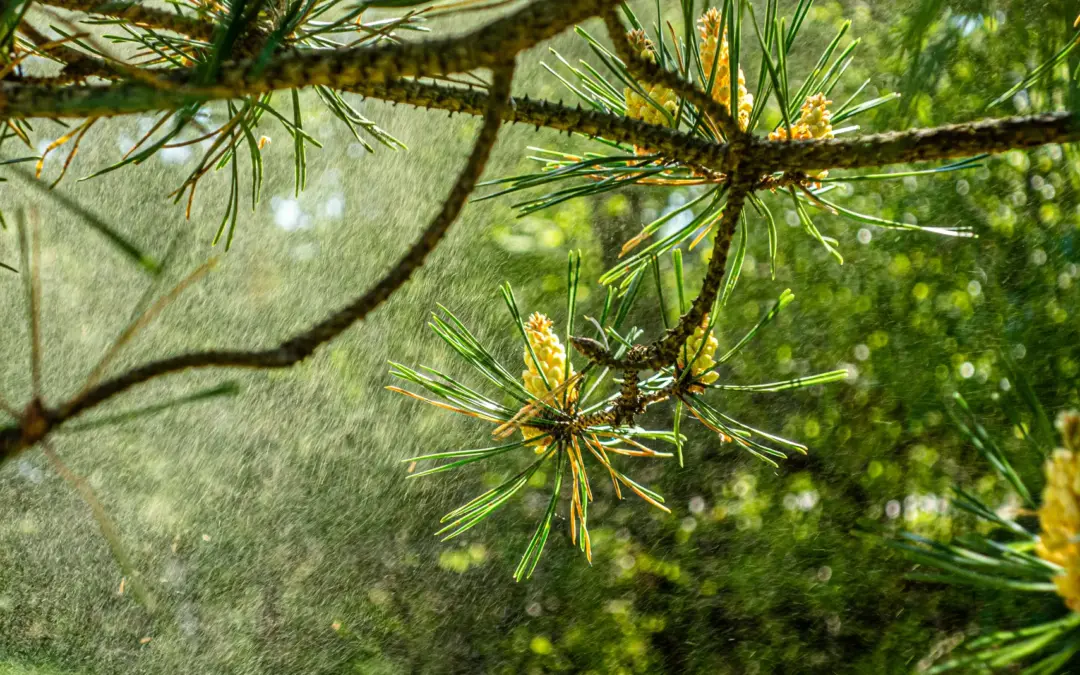Accuweather reports tree pollen levels are EXTREME. Maple, Poplar, Juniper, and Pine trees are expelling huge quantities of pollen. The sort of weather that we’ve experienced here — darker and colder and wetter than usual, and then sudden bright, warmer, and drier days leads to higher pollen levels.
You may have noticed that this past winter and spring have also had unseasonably high winds. Tree pollen is extremely light and significant quantities of tree pollen has been detected up to 6,000 feet up. High rise living does not protect one from seasonal allergies. People with no history of allergies experience red eyes, runny noses, sore throats, and coughs. The more sensitive people will have exacerbations of asthma, bronchitis, and sinusitis.
Your reactions to allergens is cumulative. Your indoor environment — dust, mites, and gases — makes you more sensitive when you go outdoors. Similarly, if your mucosal membranes can rest in your indoor environment, then your reacting outside diminishes.
Indoor Avoidance
Prominent indoor allergens include dust mites, pet dander, secondhand smoke, mold/fungi, and dust accumulators like carpets. It also includes outdoor allergens coming in the windows.
Dust mites can be controlled with finely woven allergen-impermeable sheets and pillows, and by keeping humidity in the bedroom under 50%. Keeping pets out of bedrooms, getting your smokers to smoke outside, investigating/remediating wet basements and water stains on walls or ceilings, using a HEPA-equipped vacuum cleaner, and deep-cleaning carpets with water or steam appliances will help. Keep bedroom windows closed, and keep a room sized HEPA filter in your bedroom. This will rest your mucosal membranes while you sleep. Keep up with your interior cleanliness, and when you go outside, the allergens will affect you less. Air conditioners don’t condition air. Your window air conditioner, unless equipped with HEPA filtration, will suck outdoor allergens into your house.
A special note for CPAP users. There is a small panel on the side of your machine for a sponge filter. It covers the air intake. These can filter pollen. Below is a picture of a new CPAP pollen filter and another after 2 weeks of use. They can be ordered from your CPAP supplier or from Amazon. Change them often.

Medications
Your immune system functions differently from day-to-day. Seasonal allergens can vary logarithmically from one day to the next. Several days of drenching rain can reduce allergens to nearly zero, yet one hot, sunny day will raise them back to severe levels. Development of medications that will control the allergic reactions has proved elusive — too many moving targets.
The normal sequence of “have symptoms-take medicine” only works for people with mild allergies. Current thinking is that antihistamines and nasal steroids should be taken prior to pollen season for at least four weeks, not just when symptomatic. Since there is no way to control the variability of the outdoor environment, try to control your own response. If you’re having a lot of allergy issues, you may wish to consult your physician.
Sub Cutaneous Immune Therapy (SCIT)
Immunotherapy, better known as “allergy shots,” is a long-term alternative. Consider this if you have symptoms more than 3 months a year and medicines don’t give you enough relief. To get up to a therapeutic dose takes 4-5 months, so it won’t help for this season, but may be a good investment for comfort years into the future.
Sub Lingual Immune Therapy (SLIT)
Sublingual immunotherapy (SLIT) is a way to treat allergies without injections. An allergist gives a patient small doses of an allergen under the tongue to boost tolerance to the substance and reduce symptoms. Since I started writing about seasonal allergies in 2012, sublingual (and oral) immunotherapies have been licensed for many allergens, including peanut allergy. Check with your allergist.

